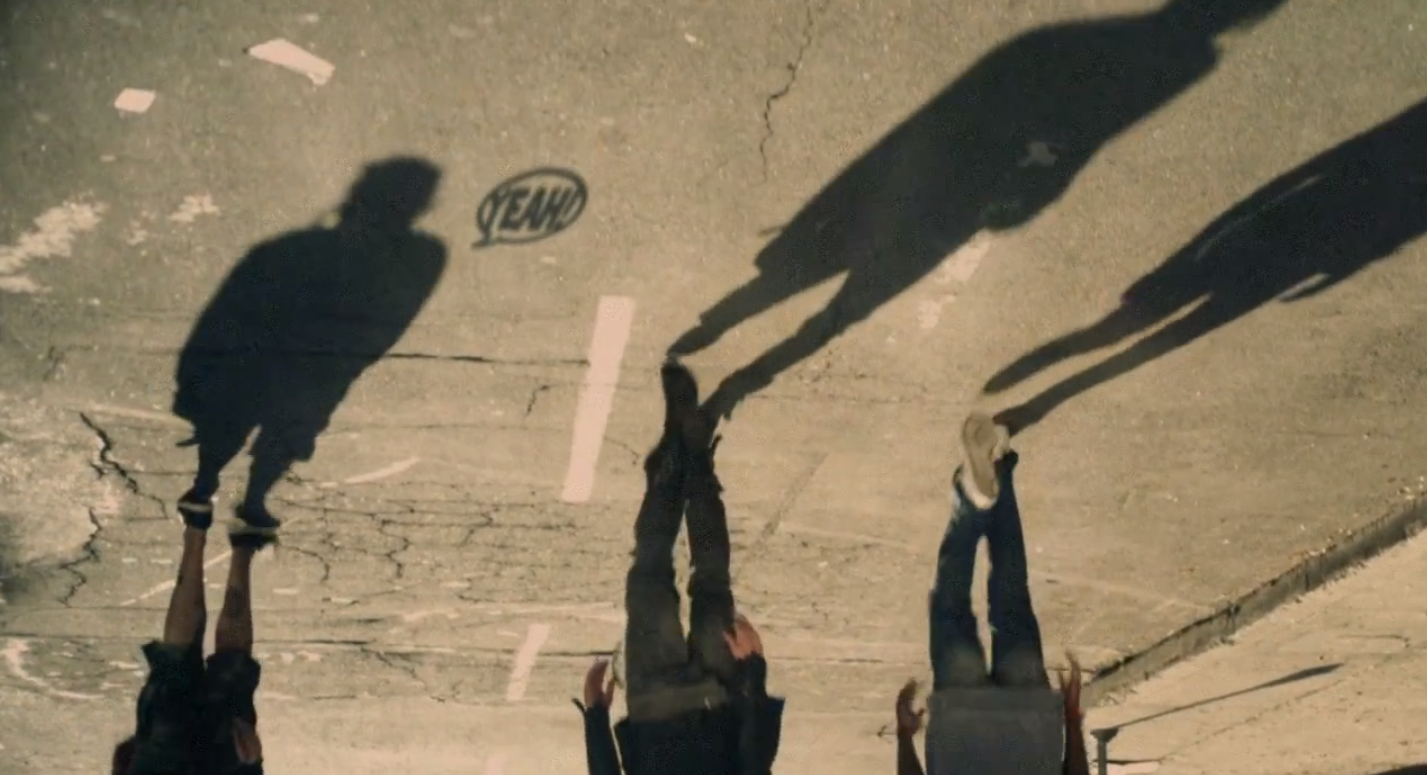Visual and Narrative Art #1: Original Visuals

A seemingly unspoken rule that can be found in any great film: at the very least, one original visual must be present in the film. This is simply a shot that has never been done before - it could be using a new camera, a new lens, a new filter, a new angle. An excellent example of an original visual in a film comes from Terrence Malick’s Tree Of Life. Emmanuel Lubezki films children’s shadows playing, a shot that has been seen many times before - but changes the angle to create entirely new visual stimuli on a subject that has been well documented.

The ripple effects of this original visual in the trailer for Tree Of Life was felt the same year when Gym Class Heroes released their music video for “Stereo Hearts feat. Adam Levine”. The entire video was based off of this single visual.

(More recently, this type of shot reappeared in Ex Machina, as the final shot of the film.)

The original visual(s) in a film (and painting and photography) work to further the visual language of art, as well as sell a product to an audience. Consider the main element of the trailers and posters for Jurassic World - what is the image that is most prevalent? Chris Pratt riding a motorbike with raptors around him. Purely from a technical standpoint, it is not a phenomenal image. It’s not focused with telling the image, it’s focused on selling the subject matter, and it works. I, for one, have never before seen a man riding a motorbike with seemingly friendly raptors surrounding him.

The works of Kubrick, Kurosawa, Bergman, Tarkovsky - any of the great, iconic directors all create films with original visuals. Art is an organic human force with a purpose, not unlike science - and that purpose is to discover. It is important however, to remember that original visuals are simply one element in the multi-faceted object that is a great film which makes it memorable.
The key word from an artistic and business perspective is memorable. Think of any Stanley Kubrick film and a clear image will come to mind. Considered a visionary, and called iconic, he is on the same side of the spectrum as Lynch, Bergman and Jeunet. These directors understand that film is inherently a unique visual medium, and should therefore be uniquely ‘cinematic’. Kubrick’s films overflow with original visuals, 2001: A Space Odyssey being essentially one long original visual. There is no mystery for it’s longevity in the collective cinematic conscious: it stimulated and advanced the visual language of art, pushing boundaries.
Image Credit: Fox Searchlight; DCD2 Records; Universal Pictures; Universal Pictures
A perspective on the news, art and business of cinema to discuss